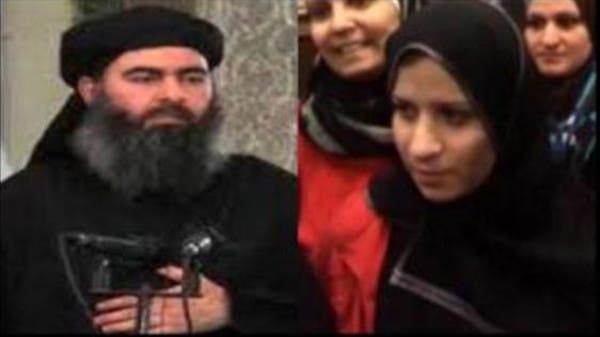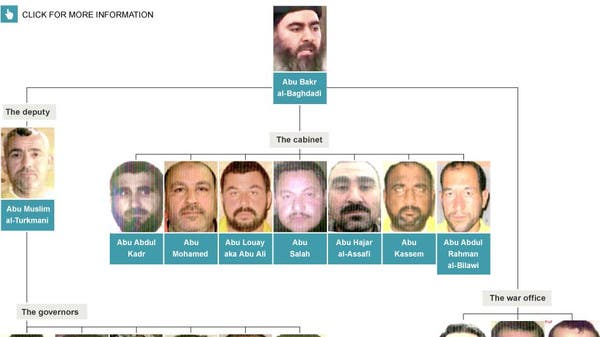Sadly, the world witnessed a tragedy when almost 300 people perished at the border of Ukraine and Russia. Almost immediately there was looting by murders, thugs, arms smugglers, well just the exact model of terrorists.
The media continues to call these people in the Donetsk region of Ukraine ‘pro-Russian separatists. They are exactly not that. They are ‘Soviet Loyalists’, the old Soviet Union Tzarists that use precisely the same tactics commonly applied by KGB operatives. What is worse, not only has Putin assigned these people to Eastern Ukraine, but most were chosen for these specific tactics.
Ukraine territory going back to the 1700’s lived under two rules and struggles for control by both the Russian and Poles/Austrians. After the second World War, Eastern Ukraine slowly and fully assumed Soviet culture.
One the KGB faded with the break-up of the Soviet Union, the FSB was created along with GRU, the intelligence wing of the Kremlin and the Spetsnaz, hostile special forces were expanded. It is also noted that most of Eastern Europe and the Baltic States are all ruled by Communist parties. Authoritarian politics still exists. There are 29 post Communist countries but the remnants within rule has not eroded including religion, educationally, civil liberties and even economically. These conditions leave major opportunities for fraud, corruption, conflicts of interest and activism.
Now it is also important to understand the history of the Eastern Ukraine region and why it is so easy for Putin to annex the area into his control.
- The Donetsk was founded by a Welsh businessman who built a coal industry and a large steel business forming an industrial center.
- During the Soviet days, Donetsk was actually named Stalin/Stalino, at one point the city was even named Trotsk, after Leon Trotsky.
- There are 430 streets in the Donetsk and Luhansk named for Vladimir Lenin.
- In the 1920-30’s Donetsk Oblast advanced and constructed a city wide water and sewage system and began exploring gas as an energy resource.
- In 1939, Soviet annexation took place under a secret clause of the Molotov-Ribbentrop Pact which included the Ukrainian Soviet Socialist Republic.
- The Nazi invasion for the most part destroyed the city and it was this time that an estimated 3000 Jews died and 100,000 people were killed in concentration camps.
- Nikita Khrushchev later renamed the city Donetsk due to the Donets river.
- Sometime later gangs took over the region and assumed control of industry and it was then that living conditions became so bad for residents that revolutions took place most recently the Rose Revolution in 2004 then the Orange Revolution in 2004.
- At one point in 1994, Ukraine was the third largest nuclear power, which it inherited from the Soviet Union on a pledge not to use military force as an independent nation. Ukraine signed the Budapest Memorandum on security assurances that included signatories of U.S., Russia and the U.K..
- The Budapest Memorandum was actually a mutual agreement where Ukraine would be protected by the West against an invasion by Russia. This document is binding by International law.
- Nuclear weapons were also held in Belarus and Kazakhstan. These were removed by Russia in 1992.
- The United States paid the largest part of the expense in removing the weapons from the region, delivering them to Russia, this included ICBM’s, silos, strategic bombers.
- During these revolutions, philanthropist George Soros funded NGO’s training participants in the fueling of the revolutions and was quickly targeted by Ukraine and Russian leadership and it was at this time the anti-American attitudes were re-born.
- Soros tried once again to do the same in 2010 using the Arab Spring as a newer model and for the most part failed.
- There are over 100 ethnic groups in the Donetsk region, yet Russian is the common language.
- In the Donetsk Oblast, the highest proportion of people claimed allegiance to Soviet Identity.
- The Party of Regions (Soviet culture) was established in 2001 which has deep historical ties to Communist Party of Ukraine (KPU).
- For some order and restoration, Ukraine in 2004 declared her intention of seeking NATO membership and the United States took advantage to build a relationship with Ukraine especially during the Iraq war making use of resources.
- It was this time that once again Ukraine as a total become a larger divided house between pro-Western supporters versus that of the Eastern side of Ukraine that remained anti-West.
Russia today seeing the past weaknesses of Ukraine and the faithful loyalty of the Eastern region to the old Soviet model, it was with east that Putin was able to install his propaganda, military and fighters to begin his expansion of Soviet territory beyond his successful annexation of Crimea.
Ukraine has been a divided country that has been desperate in objectives attempting to satisfy ethnic groups for peaceful, economic, political and security standards. When this country or any country is experiencing split cultures, histories, religions, industries, separations, fraudulent political strife it is ripe for the take-over as witnessed in Crimea and Eastern Ukraine.
The Russian oligarchs have long invested in the energy resources in Ukraine and have bought influence there for the sake of lasting loyalty. For Putin to install his hostilities and proxy armies into Eastern Ukraine was an easy feat due mostly to attitudes, culture and historical ethnicity. These are Putin’s old school tactics he was once personally a part of and he and his ilk from the old Soviet Union have employed all the familiar characteristics where making it new again with aggressions such as employing Spetsnaz teams in Eastern Ukraine to shoot down commercial airlines.
Question is now, who will forcefully challenge Putin with on his next quest, there is no more global leadership and certainly none coming from the United States where the legacy of America has always been to provide some offensive measures to keep stability, equilibrium and a less messy world.
For further reading on the subject:
http://www.brookings.edu/research/papers/2011/05/trilateral-process-pifer



